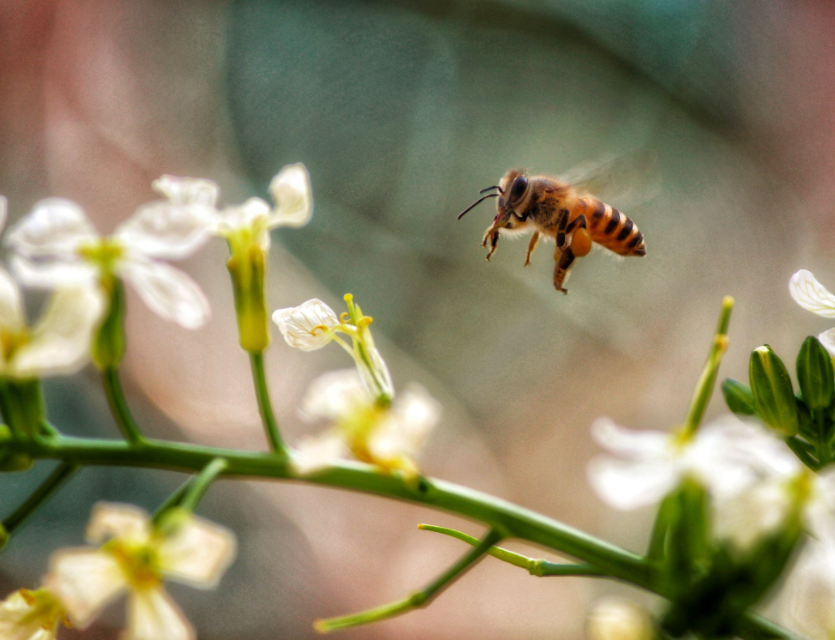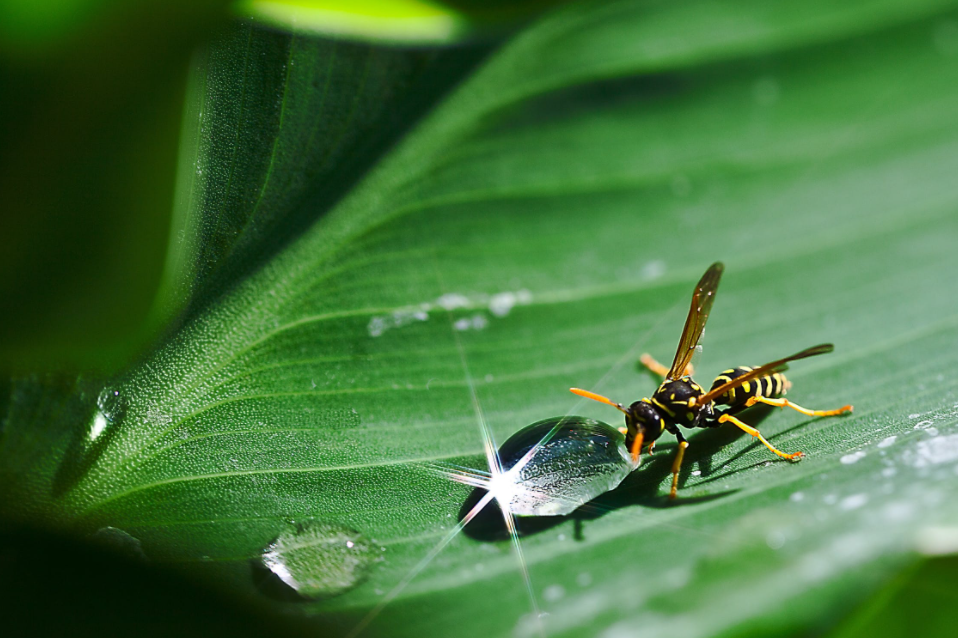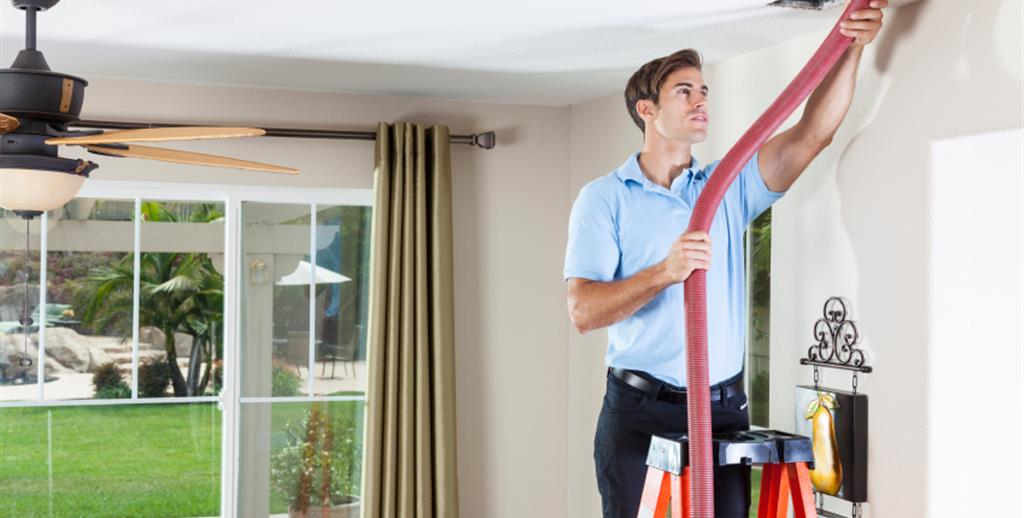6 Tips on How to Keep Wasps Away This Summer

Keep wasps away for good this summer with these helpful tips!

Photos By: Unsplash
Wasps are irritating pests that love to spoil picnics and patio dinners. They will happily eat the food off your plate and sting you if you get too close. Stings are not only painful but dangerous – many people are allergic to wasps and will require medical intervention. It is therefore a good idea to wasp-proof your property as best you can. The following tips will help you make the most of your outdoor space this summer season.
1. Hire an Exterminator
Professional pest control service providers can not only provide wasp removal services for you but apply preventative treatments that keep the pests away for weeks at a time. The pesticides they use are much more effective than the ones available in stores. Thanks to their training, exterminators can apply these in the best way possible. Professionals can also identify the species you are dealing with and provide you with more pest control strategies.
2. Keep Food Away
The number one thing that brings wasps into the yard is food. Wasps have a great sense of smell and will fly several hundred yards away from their nests while foraging. In the spring, wasps are especially hungry for protein. In the summer and fall, they seek sugary foods. Keep this in mind when having a sweet drink or a social gathering out in the yard.
Always tidy up after a meal outside and bring your dishes indoors as soon as you are done eating. If you have a barbecue grill, clean it after each use and cover it to keep pests out. Likewise, use tightly lidded garbage cans and store them in the garage or in a shed until collection day. The same goes for recycling bins. Wash these every few months to remove the smell of food. Avoid leaving any pet food outside and move hummingbird feeders away from the deck.
3. Set Traps and Decoys
Wasp traps are effective and help prevent any wasps from building nests. You can purchase traps online, in hardware stores, or from your local exterminator. Alternatively, you can make them yourself. Simply cut a large soda bottle in half, then pour sugar water or fruit juice in the bottom. Add a splash of vinegar into the mix so that you do not trap bees. Remove the bottle cap, then invert the top half of the bottle and fit it into the bottom. Set one or two of these near the areas you would like to keep wasp-free.
Decoys look like wasp nests and can be purchased in the same places you would find traps. Wasps that come looking for a place to nest will see the decoy and go elsewhere. While less effective than traps, you can hang a decoy where there may have been a nest before. Try hanging one off the edge of the roof or under a gazebo.

4. Plant Herbs and Flowers that Wasps Don’t Like
There is some evidence that wasps do not like the smell of certain plants. Try planting geraniums and marigolds around the yard to deter wasps. These will produce beautiful flowers while keeping wasps and other bugs at bay. Citronella, pennyroyal, mint, basil, wormwood, and thyme have also been known to work well against wasps.
5. Use Essential Oils
Like herbs and flowers, wasps dislike the smell of some essential oils. In a spray bottle, mix a few drops of clove, geranium, and citronella oils together. Add 2 or 3 cups of water and a drop of dish soap into the mix. Shake well, then spray the solution in areas of wasp activity. Spray the edges of the roof and deck to help prevent the formation of nests. Similarly, you can use citronella candles, which can be found in most home supply stores in the summertime. This method of using essential oils is best used in combination with the rest of these tips.
6. Seal Cracks and Crevices
Wasps usually build their nests in the spring and expand them over the course of the summer. Most species build them upside down, from overhangs like soffits and tree branches. You can help prevent this from happening on your property by sealing any gaps you find on the exterior of the home. Using a silicone caulking, seal any cracks you find in your window frames, door frames, and siding. Be sure to close any gaps you find between the soffits and walls of the home. You can also block weep vents with stainless steel covers. Replace any broken bug screens you have and fix any holes you find along the edges of the roof.






